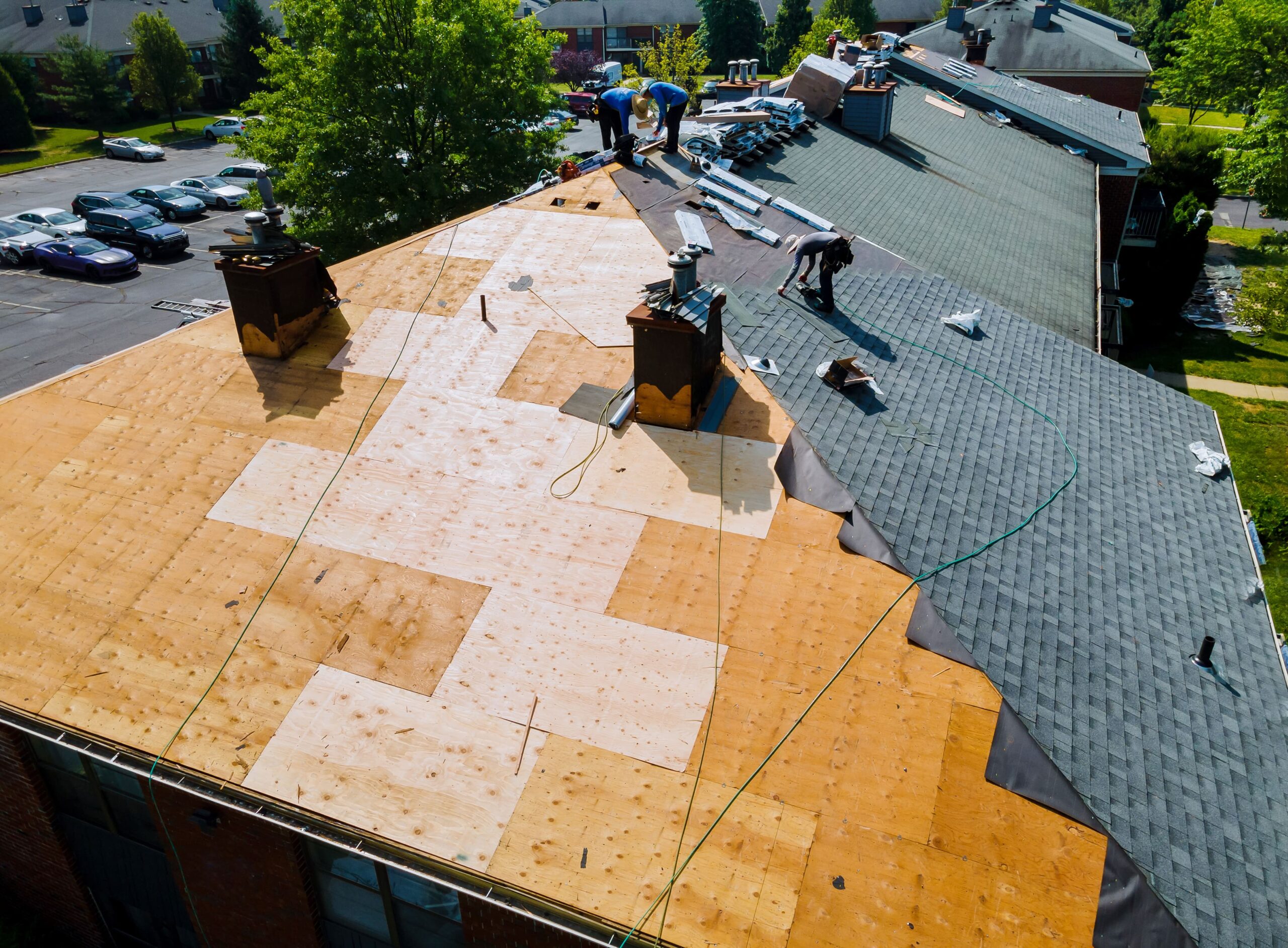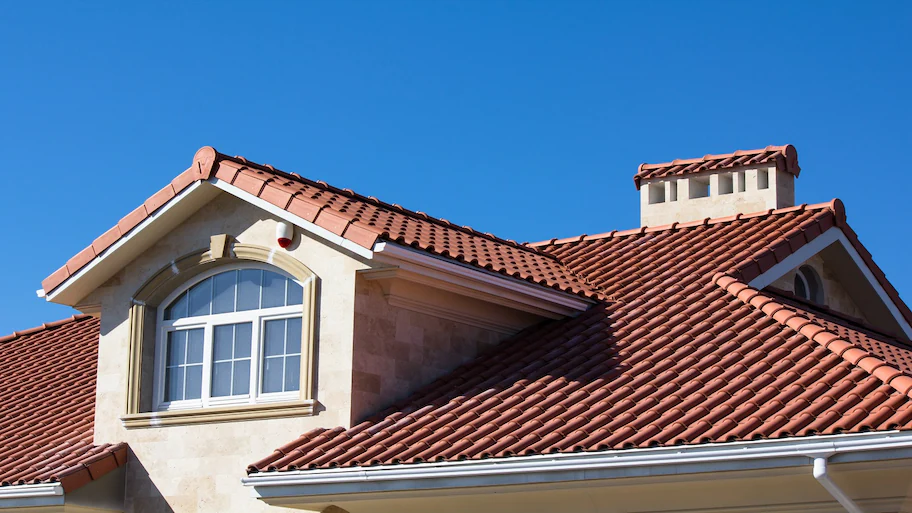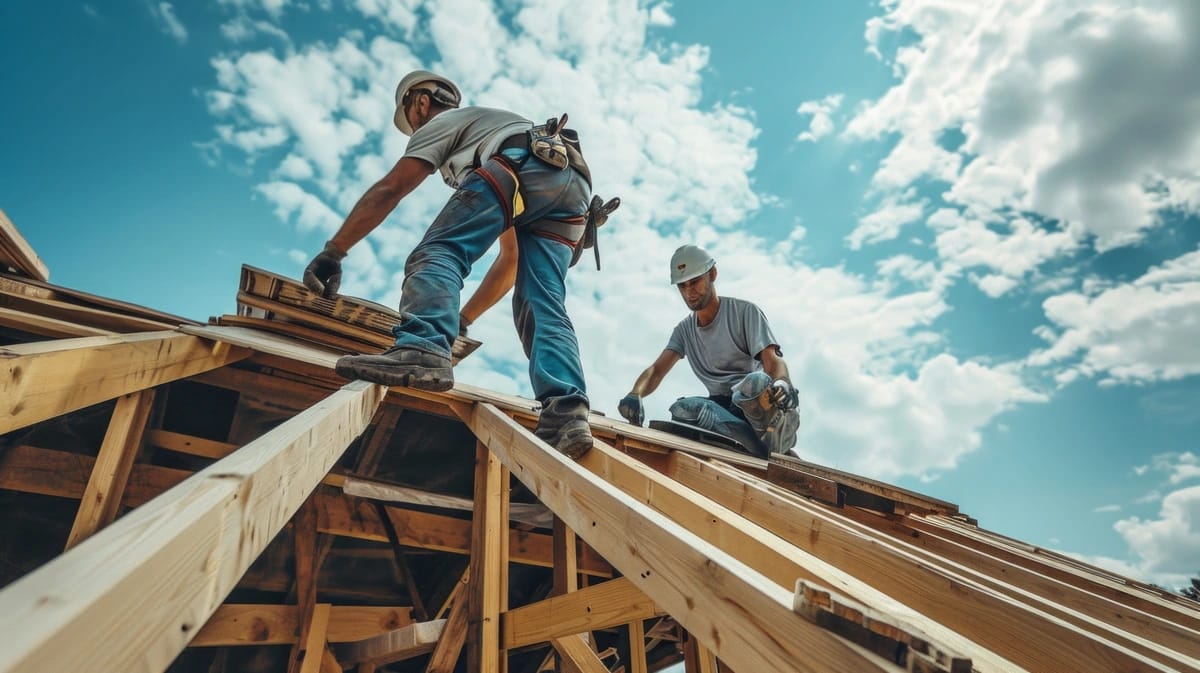Reliable Roofing Company Coffs Harbour: Top Selections for Roof Replacements
An In-depth Introduction of Roofing Replacement Options: Assessing the very best Roofing Materials for Your Climate and Budget
When contemplating a roof substitute, recognizing the interplay between environment problems and material selection is essential. Each roof choice, from affordable asphalt shingles to resistant steel and classic clay tiles, offers unique advantages and challenges. Variables such as regional weather patterns and budget restrictions dramatically influence the decision-making procedure. As we check out these materials carefully, it becomes vital to think about not just preliminary costs yet likewise lasting toughness and maintenance needs. What might seem a straightforward selection might disclose complexities that require careful factor to consider.
Recognizing Climate Influence
Various weather conditions can considerably affect both the efficiency and longevity of roofing products. Areas with extreme temperatures might demand roof covering systems that offer superior insulation properties to control indoor temperature levels efficiently.

It is likewise vital to consider the environmental effect of roof covering products in regard to regional environment. Sustainable choices that mirror heat can aid mitigate metropolitan heat island impacts, while energy-efficient products can add to lower power consumption. By understanding these environment elements, house owners can make informed decisions that align with their details ecological problems, inevitably improving the durability and effectiveness of their roof financial investments.
Popular Roof Covering Materials
Choosing the best roof material is vital for making sure toughness, visual appeals, and energy effectiveness in a home. Numerous roofing products are popular among home owners, each offering one-of-a-kind advantages fit to building styles and various environments.
Asphalt roof shingles are among the most widely made use of alternatives due to their affordability, ease of setup, and convenience. Metal roofing, consisting of light weight aluminum and steel, is highly long lasting and can endure extreme weather condition conditions, making it optimal for locations prone to severe climates.
Clay and concrete ceramic tiles are favored for their long life and unique appearance, often seen in Mediterranean and Southwestern design. They give superb insulation but can be much heavier, requiring enhanced structures. Slate roof covering is an additional costs option recognized for its exceptional long life and all-natural appeal, though it requires a higher ahead of time investment and knowledgeable setup.
Expense Comparison of Options
When thinking about a roof covering substitute, the economic ramifications of different materials play an important function in the decision-making process. The costs associated with roof covering products can differ considerably, affected by aspects such as material type, installment complexity, and local prices variations.
Asphalt shingles, known for their price, commonly range from $90 to $100 per square (100 square feet), making them a cost-effective choice for budget-conscious homeowners (Coffs Harbour Roof Replacements). Alternatively, metal roof, while more sturdy, can set you back between $150 to $300 per square, relying on the sort of metal made use of and the ins and out of the installation
For those looking for aesthetic allure and durability, options go to the website like clay or concrete floor tiles my blog can range from $300 to $1,000 per square, mirroring their premium rates. Additionally, slate roofing can get to upwards of $800 to $1,500 per square, making it among the most pricey materials readily available.
Ultimately, when reviewing roofing alternatives, it is important to stabilize upfront prices with the prospective lasting benefits and power savings. An in-depth cost analysis will certainly ensure property owners make educated choices that line up with their economic capabilities and roof requirements.
Long Life and Maintenance
The longevity and maintenance needs of roof covering materials are important factors that can substantially influence a property owner's general financial investment. Various roof covering options exhibit you could try these out varying life expectancies and upkeep needs, which can influence lasting prices and performance.

Clay and concrete ceramic tiles supply impressive longevity, typically surpassing half a century, yet they can be delicate and necessitate careful maintenance to avoid breaking. Wood shingles and shakes can last around three decades yet are susceptible to rot and insect damages, calling for watchful maintenance to maintain their honesty.
Ultimately, the selection of roof covering product need to straighten not just with monetary restrictions but also with the desired long life and upkeep degree. Comprehending these elements can help homeowners make educated choices that secure their investment and ensure the roof continues to be practical and visually pleasing throughout its lifespan.
Making Your Choice

Next, review the life expectancy and guarantee connected with each material. Some items may have a higher upfront expense however offer higher durability and lower maintenance demands, ultimately saving you cash over time. It's necessary to think about the trade-offs in between initial financial investment and long-lasting performance.
Budget plan constraints need to likewise direct your choice. Assign funds not just for the roof products however also for installment, which can vary based upon complexity and labor prices. Obtain numerous quotes from trustworthy specialists to ensure a reasonable assessment of setup expenses.
Lastly, take into consideration the aesthetic appeal and how it aligns with your home's general layout. A well-chosen roofing system improves aesthetic appeal and can enhance property value - Roofer Coffs Harbour. Evaluate these variables carefully to make an educated decision that satisfies both your useful demands and financial capabilities
Final Thought
In conclusion, selecting the proper roof material requires mindful factor to consider of local environment, budget restraints, and the distinct residential properties of different products. Asphalt tiles offer affordability, while steel roofing offers outstanding toughness, and clay ceramic tiles guarantee longevity.
Numerous climatic problems can considerably affect both the performance and longevity of roofing materials.It is additionally essential to take into consideration the ecological influence of roof covering materials in relationship to local climate. Begin by assessing your regional environment, as this dramatically influences the performance of roof covering materials. Allot funds not only for the roof products but additionally for installation, which can vary based on intricacy and labor expenses.In verdict, selecting the proper roofing material needs cautious consideration of regional environment, spending plan constraints, and the special residential properties of numerous materials.